Many of our clients ask us for help on what we prescribe for best practice sport pre-season preparation, focusing on both mental and physical development. This article is written to give you the exact methods we use to start any sporting season on the right foot. This ensures each team member is heading in the same direction and avoids potential misalignment when it counts the most.
Often, when problems occur during the season, whether it be with player behavior, team dynamics or under performance, it is because this vital time wasn’t invested in the sport pre-season preparation. Prevention is always better than a cure.
Importantly, this can also be where real differentiation can be put in place on the positive side. Unify your team right from the start with everyone committed to the team and their personal goals, understanding and supporting the agreed team behaviors, engaged in the team’s identity and what it will take to achieve success, playing for each other and the team and overall more confident and happy athletes. (Please note, our clients have access to a video that goes through this in fine detail. If you are a client and haven’t seen it yet, please contact your consultant.)
With our clients, Sport Pre-Season Preparation includes the GRIP Model. In this article we explain how you too can use this in your pre-season preparations.
Sport Pre-Season Preparation using GRIP
The GRIP Model contains the critical elements which contribute to effective, high-performance teams. GRIP stands for Goals, Roles, Interpersonal Relationships and Procedures and Processes.
Each element is necessary and studies into effective teamwork have concluded that when teams under-perform, at least one of these elements is missing. Let’s discuss each of the elements of the GRIP Model.

The G stands for Goals:
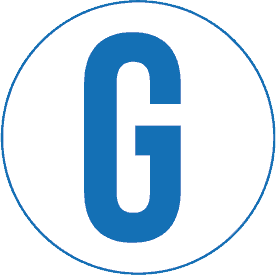 There are two key goals for this step – firstly, establishing and committing to the team and individual goals and secondly, creating the team identity.
There are two key goals for this step – firstly, establishing and committing to the team and individual goals and secondly, creating the team identity.
In a pre-season team meeting, each athlete, Coach and staff member is asked to talk about what the team goal for the season should be. This means attaching a measurable outcome; such as winning the Championship, Olympic Medal, place in the top 5 at the end of the season etc.
At this stage of the season, not everyone may believe it can be achieved, but by setting the goals it implies a standard of behavior which must be adhered to.
For example, if winning the championship is the team goal, this means there are certain things that must be done during the season and definitely things that shouldn’t be done. Setting these goals upfront and gaining commitment from everyone in the team sets a strong standard. As training progresses, athletes start to believe what is possible based on the quality of their training.
Once the team goal is set, each athlete is to commit to their own individual goals. These goals should be reflective of the team goal and based on measurable improvements which contribute to it being possible to achieve the overall team goal.
Setting the goals is the first part of the meeting. Next is creating the identity with which the team would like to be known for. This includes the behaviors which are, and are not, acceptable.
For example, behaviors such as professionalism, determination, 100% effort, support for each other to name just a few. As a team, these behaviors should be broken down into the five main behavioral standards which everyone on the team commits to.
R stands for Roles
 Roles in a team encompass more than simply the position on the field or court an athlete plays. Although this is part of it, the main aspect to roles is having each athlete understand what their role is beyond their playing role. What this means is every team member is expected to make a contribution off the field or court.
Roles in a team encompass more than simply the position on the field or court an athlete plays. Although this is part of it, the main aspect to roles is having each athlete understand what their role is beyond their playing role. What this means is every team member is expected to make a contribution off the field or court.
Examples of this could be supporting the organization within the club, helping promote the team externally or working in the community to promote the team. The list goes on and every team situation is different. Some roles are more leadership related and some more to do with being supportive to others. Some roles may also mean providing enthusiasm and energy or being the team member who sets the pace at training. Each person within the team identifies, commits to and shares what their role within the team is. This step also links closely to the next element of the GRIP Model.
I stands for Interpersonal Relationships
 This is where our clients use the AthleteDISC, CoachDISC and ManagerDISC to better understand themselves and their impact on others. So many teams under-perform due to the personality conflicts created through lack of understanding.
This is where our clients use the AthleteDISC, CoachDISC and ManagerDISC to better understand themselves and their impact on others. So many teams under-perform due to the personality conflicts created through lack of understanding.
Conflicts within any team erode the strong bonds which would have otherwise been created. By profiling all team members, differences in personality can be turned into strengths. Some team member profiles are more suited to certain roles. For example, team members who are highly interactive and people -orientated are more suited to roles involving public speaking or interaction with others.
Whether you use our profiles or not, the key to this step is ensuring that each person in the team understands themselves to a high degree and has a strong understanding of their fellow team members.
It is vital that each person is acknowledged and valued for what they bring to the team as individuals. This is also one of the key areas for early prevention of ‘personality clashes’ later in the season when the pressure increases with competition.
Some athletes may not be aware of how their own behavior may positively or negatively impact others on the team.
Building this awareness and developing strategies to ensure this supports the team, is where the best ‘team chemistry’ is achieved.
P stands for Procedures and Processes
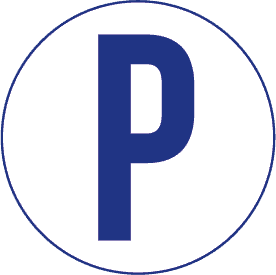 These are the rules which govern behavior, expectations and absolutely the consequences for when standards are not met. By explicitly stating this, every person knows where they stand and what is expected.
These are the rules which govern behavior, expectations and absolutely the consequences for when standards are not met. By explicitly stating this, every person knows where they stand and what is expected.
It is easy to be fair and people know the boundaries.
In addition, simple procedures for travel, times for training, management of injury, health and game plans are elaborated on in this section.
The final aspect of this process is a creative one which brings the GRIP model together. For each step of GRIP, symbols are to be attached to the goals, behaviors and key issues. What this means is having tangible links the team members can refer to when they are training, playing a game or just walking into the locker room. Can you think of any symbols that symbolize something such as professionalism? You might use posters or objects or ribbons or anything that can be a visual and physical reminder to everyone in the team.
Symbols can be extremely powerful and work as a constant positive reminder of what is most important. Here is an excellent example that was shared with us from the Columbia Men’s Ice Hockey Team and Coach Samuel Kim.
In a season that started by losing the first five games consecutively, they won 11 of the next 12 games to make it all the way to the MCHC Tournament Final. The turning point of the season came after the fourth game and loss. Coach Kim said “We started a ritual after every game where we awarded a pink ‘Hockey Fights Cancer’ tie to a player who did something noteworthy. I think it really brought the team together and got them to focus on the positives. From there, each player handed it on to the next guy who left an impression on them and so it continued during the season.”
The pink tie was in memory of a fallen friend, Andrew Zanello, who had left a deep impression on Coach Kim as a kid in high school and passed away in a fight to cancer. The award was created to recognize the achievements of players on and off the ice.
This is a wonderful example of the power of symbols. They did make it to the Championship Final, despite the start to the season, and while they didn’t win that last game, the spirit within the team and confidence the athletes developed, was priceless.
So, before your next season starts, get a ‘GRIP’ and establish your team’s symbols to make it the best you’ve had.

Where to from here?
Camps are now commonplace for teams and training squads as part of their Sports Pre-Season Preparation. In our article we cover the Good, the Bad and the Ugly of Pre-Season Camps. Read on here! For more information or if you have any questions, contact us to find out how we can help you. You can also find out more about the AthleteDISC, CoachDISC and Sports ManagerDISC profiles mentioned above in the Interpersonal Relationships section
Remember, our clients have access to a video that goes through this in fine detail. If you are a client and haven’t seen it yet, please contact your client manager.
At Athlete Assessments we’re here to provide you with excellence in service and to help you be your best. If there is anything we can do to be of service, don’t hesitate to contact us.
Recommended Articles
Can or Can’t Compete Right Now? You can Prepare To Perform! In this 5 minute video (well actually, it’s a little longer this time), Bo continues his theme of training at competition intensity to prepare for the intensity and pressure of competition.
The Good, the Bad and the Ugly By Bo Hanson - 4x Olympian, Coaching Consultant & Director of Athlete AssessmentsToday, pre-season camps are an important part of the sports program for professional and amateur teams around the…
The GRIP Model is a performance tool any team can use, be it sports teams or management teams to improve their team’s effectiveness and promote their sports team development. In our article on using the GRIP Model for Pre-Season Preparation we discussed how to incorporate this into your sports team in the critical pre-season environment. This article incorporates the GRIP Model tailored to those working in a management team.


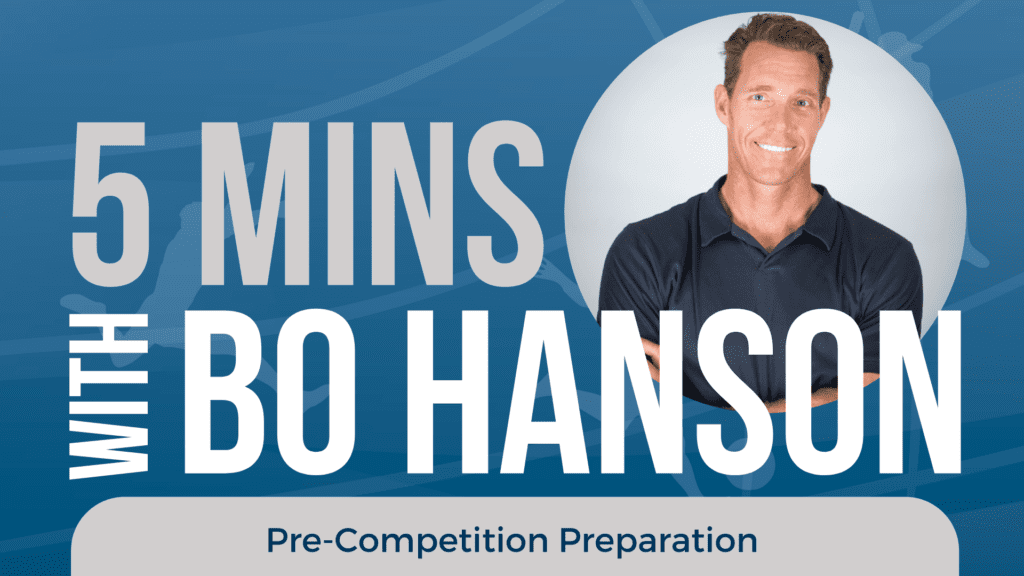

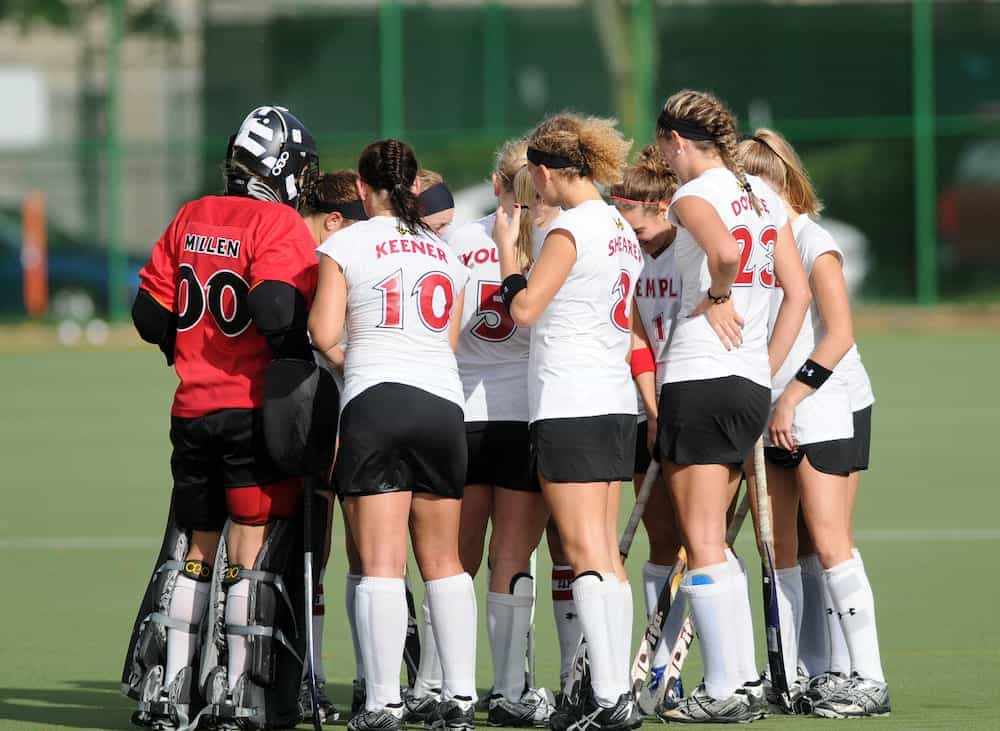
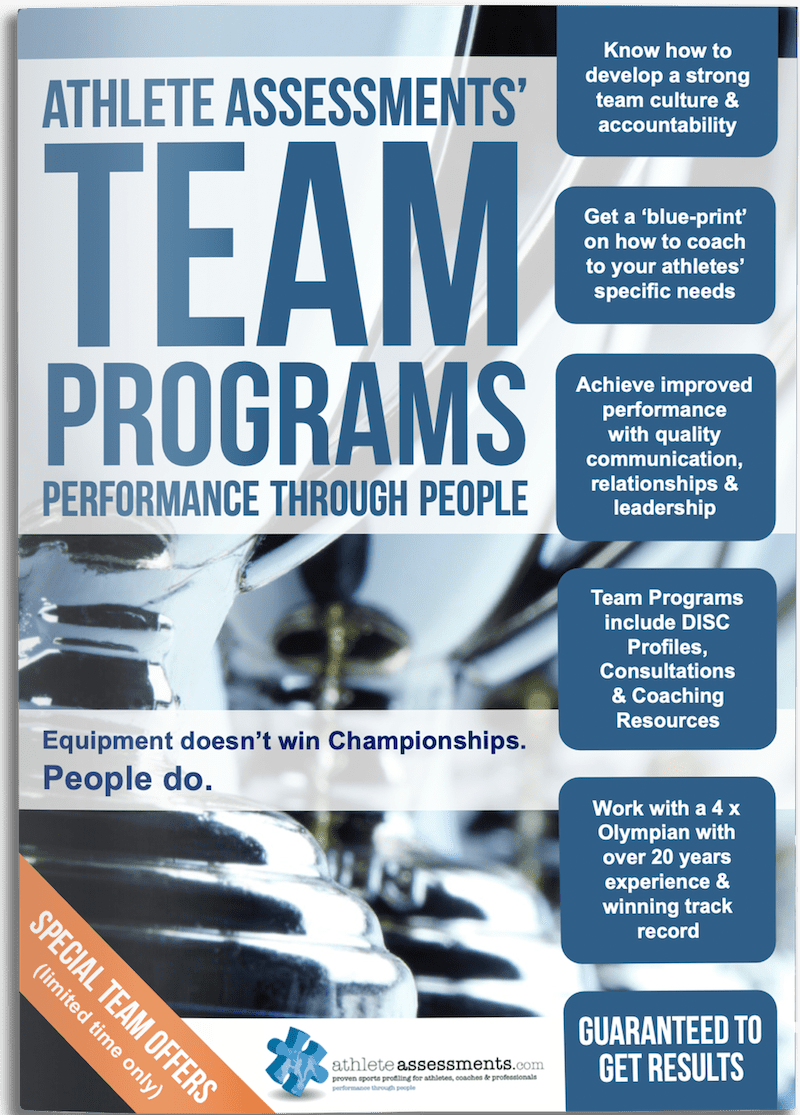




2 thoughts on “Sport Pre-Season Preparation using the GRIP Model”
Hi there, i am doing a Post Graduate Course at Loughborough University in the UK. I found this really useful in contextualising it within the sporting world. This particular topic is the focus point at this moment in time and its always really interesting to see it displayed in different format. I will definitely be viewing more on this website in the near and distant future!
Piers
Pingback: Athlete Assessments | Critical Team Roles in Sport (What Every Team Needs)